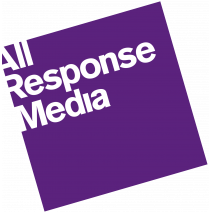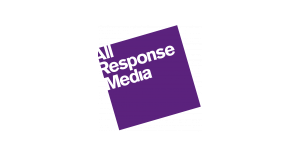The Beast from the East hit the UK last week. It was the worst snow for 16 years and left thousands snowed in unable to go about their daily routines; roads were closed, trains/flights were cancelled, hundreds of schools were closed, and some businesses advised workers to stay at home. Suddenly, we had a significant increase of people at home…our question was;
- Did they watch more TV and if so, by how much?
- Were they more inclined to respond?
Looking at overnight viewing data (not exact, as the figures will not be consolidated until the end of this week), against the previous ‘normal’ day we can see that week on week, impacts significantly increased when the storm hit; Wednesday starting at a 25-70% increase, but Thursday had up to double normal impacts!
Here are a few examples:
How has initial response been?
Although it’s too early for a really detailed analysis of response rates and £ per visit/responses (due to the erratic nature of overnight TV ratings and then using these revised audience figures with client results), the initial analysis shows that it has had different effects on different client sectors:
- A UK homeless charity saw better results (conversions) due to the relevant nature of weather conditions on the plight and sympathies on homelessness.
- ‘Life Admin’ clients (especially finance) saw increased visits, as it was a perfect time to sort out some elements of their life – more than the viewer increases.
- Entertainment clients have generally seen no change or even poorer results – potentially as these sectors were deemed as ‘less important’ immediately relevant sectors (“maybe a little frivolous in extreme situations”?)
- For a home improvement client, we proposed and bought some last-minute press activity in key titles, with relevant copy, that saw great enquiry levels.
All Response Media Viewpoint
- We take several factors into consideration when optimising our campaigns, the weather being one of them. For some clients, poor weather reduces response (mobility clients), for others it improves (travel/finance sectors).
- Where possible – we want to prepare for the weather where it affects clients and optimise airtime accordingly.
- When this extreme weather was forecasted, we started to discuss moving airtime in or out of certain days. It was made a little more difficult as TV stations closed Ad reels earlier than normal as their staff were struggling to get in. However, where possible we optimised what we could.
Example 1
- For a travel finance client, we increased the spend by 27% for the end of February last week (Tues 26th and Wed 27th Feb). For the worst of the snow days, 1st March and 2nd March, the team increased spending by over 50% (even though the end of the week is usually down-weighted).
Example 2
- Older Finance – during the last snow week (15th-18th Jan 2016) we had an 11% improvement in CPA, so for last week, the team increased delivery of impact shares and have seen significant visits and enquiries on those last few days of the week – hopefully, they will convert to all important sales!
On its own, weather optimisation may not have the material difference, but when added to other factors, it can make the difference to a successful week or month.
An additional reason for monitoring an area such as this is the potential for over delivery for clients that don’t want extra eyeballs on these days – even if it can down weight airtime. Monitoring delivery on a daily and weekly basis, as we do, is important for not leaving a potential problem until it’s too late at the end of the month.


